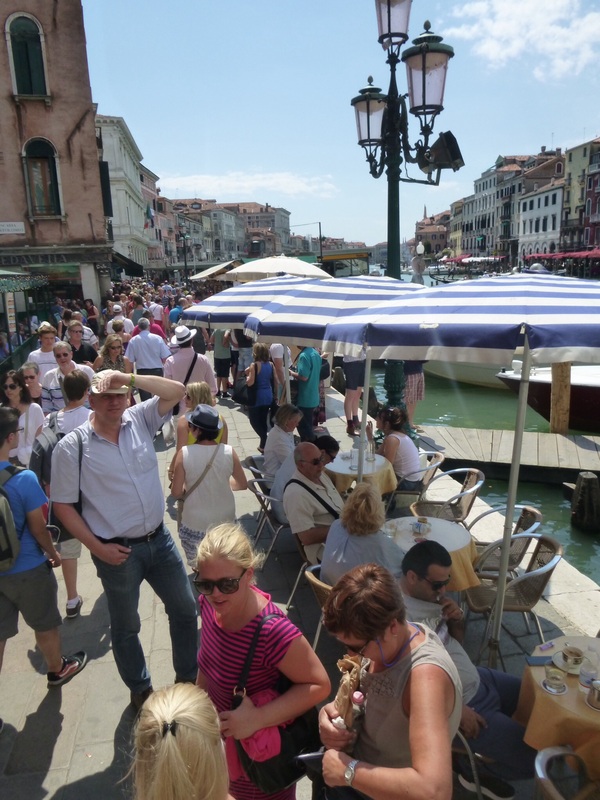|
Examine the Urban Observatory website.
Compare London, Tokyo and New York. Compare different aspects of these cities by choosing different themes from the left hand menu. Population Density and housing density: Describe the population and housing density of London. Where are the densest areas? Are particularly dense areas in a particular part of the city?How is the density spread out across the city - does it spread out radially? is it north/south, etc. How do these results compare with New York and Tokyo? How would you account for the differences? Work - Commercial and Industrial: Describe where the commercial areas of the city are located. Where are the industrial areas located? How does this compare to New York and Tokyo? Account for the differences. Movement - Road speed, traffic and airports: How would you compare the road speeds and traffic evident between the three cities? Why would this be the case? How would it impact on the way the city functions? What information can we gather about the importance of the airports in New York and London? Account for the difference in flight numbers between the two cities.
0 Comments
For more resources to support 12 Geography - People and Economic Activity (Tourism), see the Economic Activity site.
Edit: An update for this topic has been posted in a new post Tourism - Are we loving Venice to death? Part 2. The title for this blogpost came from a comment Dermot O'Gorman made in his presentation at the Eco Expo last weekend (you can read my post Living in Harmony with Nature for more information). As I listened to his presentation I was typing away on my iPad and yes I did tweet. I was a little taken aback by the comment because I have used twitter to connect with environmental groups, researchers, other geography teachers and whole range of like-minded people. As a teacher, Twitter has given me access to current research in education, geography and science, newspaper articles from around the world and discussions on a whole range of issues. It came as a bit of shock to think that maybe sharing all this information wasn't actually achieving anything beyond my own classroom.
Last week as the new Federal government axed the Climate Commission and moved forward with plans to cut the carbon tax, I saw a plethora of disheartened people conversing, but it seemed that everyone was feeling a little helpless and depressed. Links to a few petitions regarding the axing of the Climate Commission were making the rounds, but they were interspersed with a number of other petitions about new government policies (NBN, cuts to universities, etc). O'Gorman's comment came back to me. Is all this discussion actually going to get anywhere? At midnight, a new twitter and facebook account opened - the Climate Council. People were invited to sign up and donate money to get the Climate Council off the ground. Made up of many of the same people as the Climate Commission, this group are set to continue the work of the Climate Commission without using federal government money. So many people signed up and tried to donate that the twitter account got suspended several times and the facebook account kept requiring captcha requests to ensure that the popularity and spread of the site was legitimate. In the first 13 hours they had raised $160,000 to get the council up and running, and by the end of the day they had reached over $247,000. This is a great example of how the virtual world can create real change in the real world. Read more... Scientists say climate cuts leave public in the dark. Support for Climate Council takes off. Climate Council I think teachers often find it hard to find interesting ways to integrate literacy into lessons. You’ll still occasionally hear discussion of “watering down the curriculum”, but I think these days most people are onboard with the idea that literacy and numeracy are the responsibility of all teachers. It is great to see that this idea has been cemented in the Australian Curriculum in the General Capabilities, and in the new NSW syllabuses in “Learning across the curriculum” content. A few years ago, I developed a lesson template that was based on a stations activity rotation. This was part of a much bigger project with a team of great colleagues, that involved developing a lesson sequence based around literacy needs. More on that another day… This activity integrated literacy based activities with the content of World Heritage Sites. Students are placed in groups of 4-5, depending on how big your class is. It has six stations that the students move around to after a set time (about 7-8 minutes give or take).
Station 4
Students are given a series of words, each on a separate piece of paper. They must use all of the words provided, and arrange them in the correct order to make a sentence. They must also correctly place the punctuation marks. Station 6
I usually find that students quite enjoy this lesson. I know it isn’t brain surgery, but it covers some of the content and addresses literacy in several different ways. The activities can obviously be changed to suit the needs of your particular students. As I teach all boys, the fact that the activity requires a lot of movement really engages them, and I actually enjoy how this lesson unfolds.
|
Categories
All
Archives
May 2024
|















